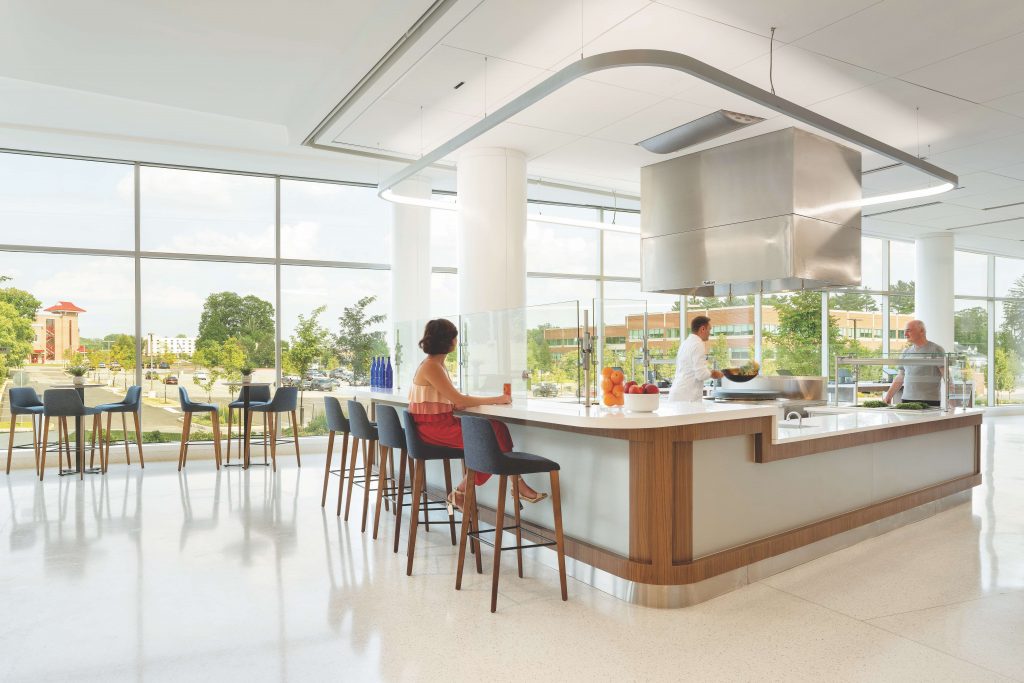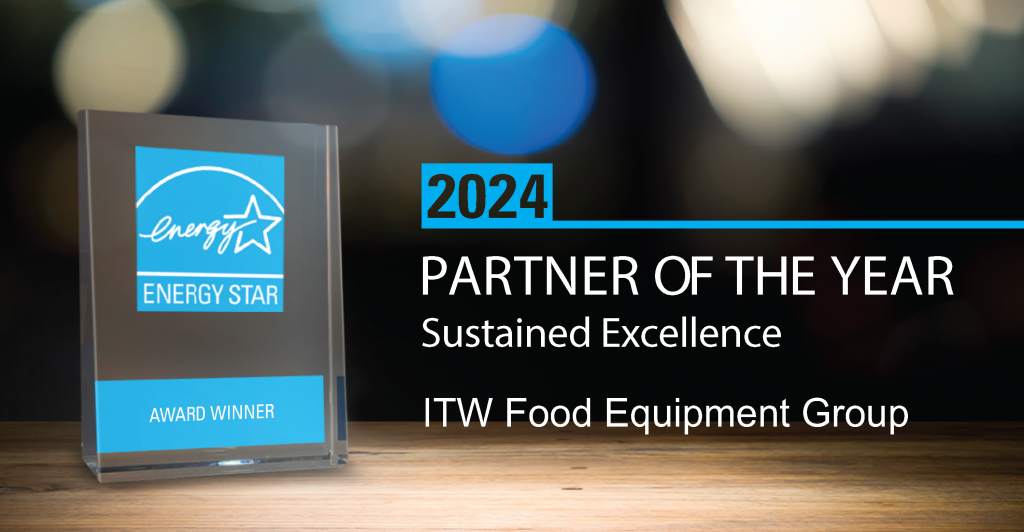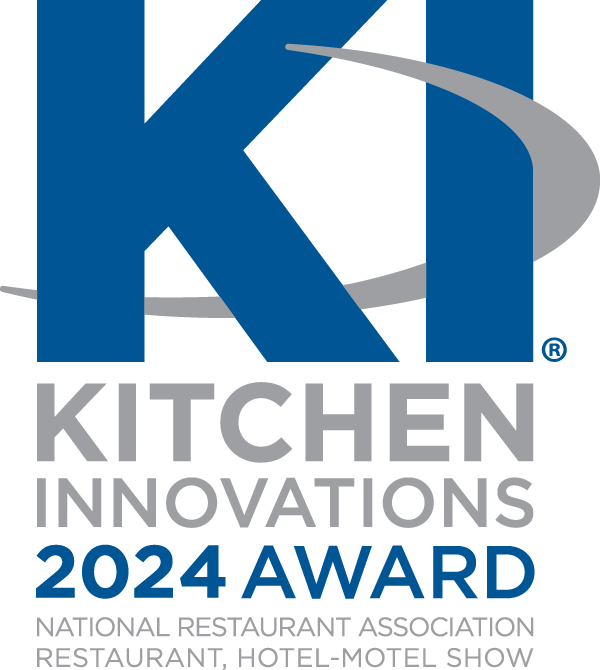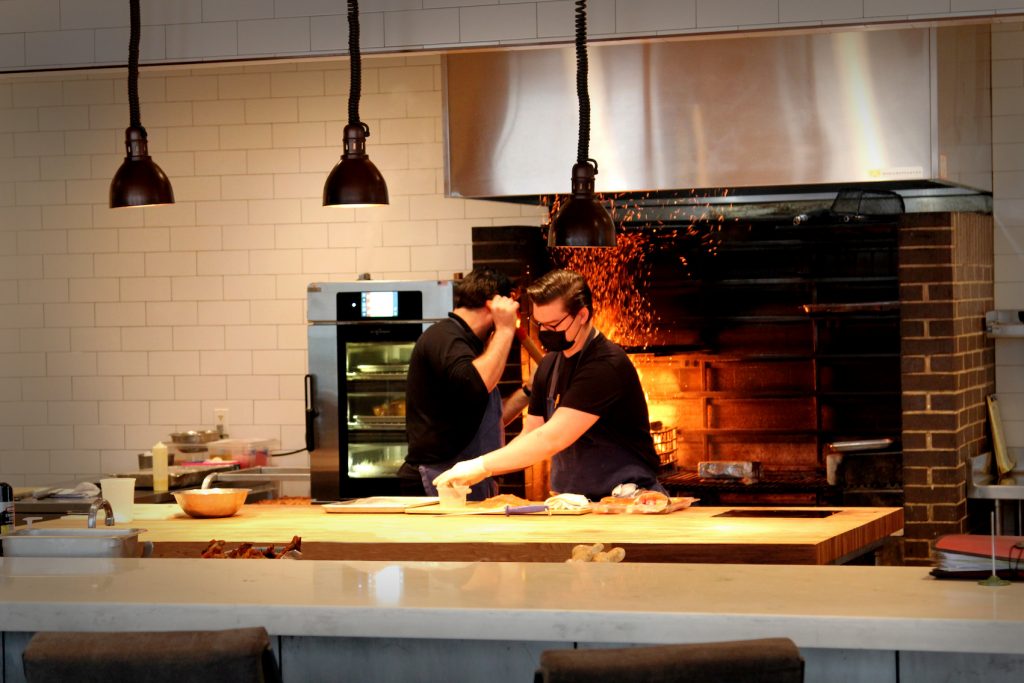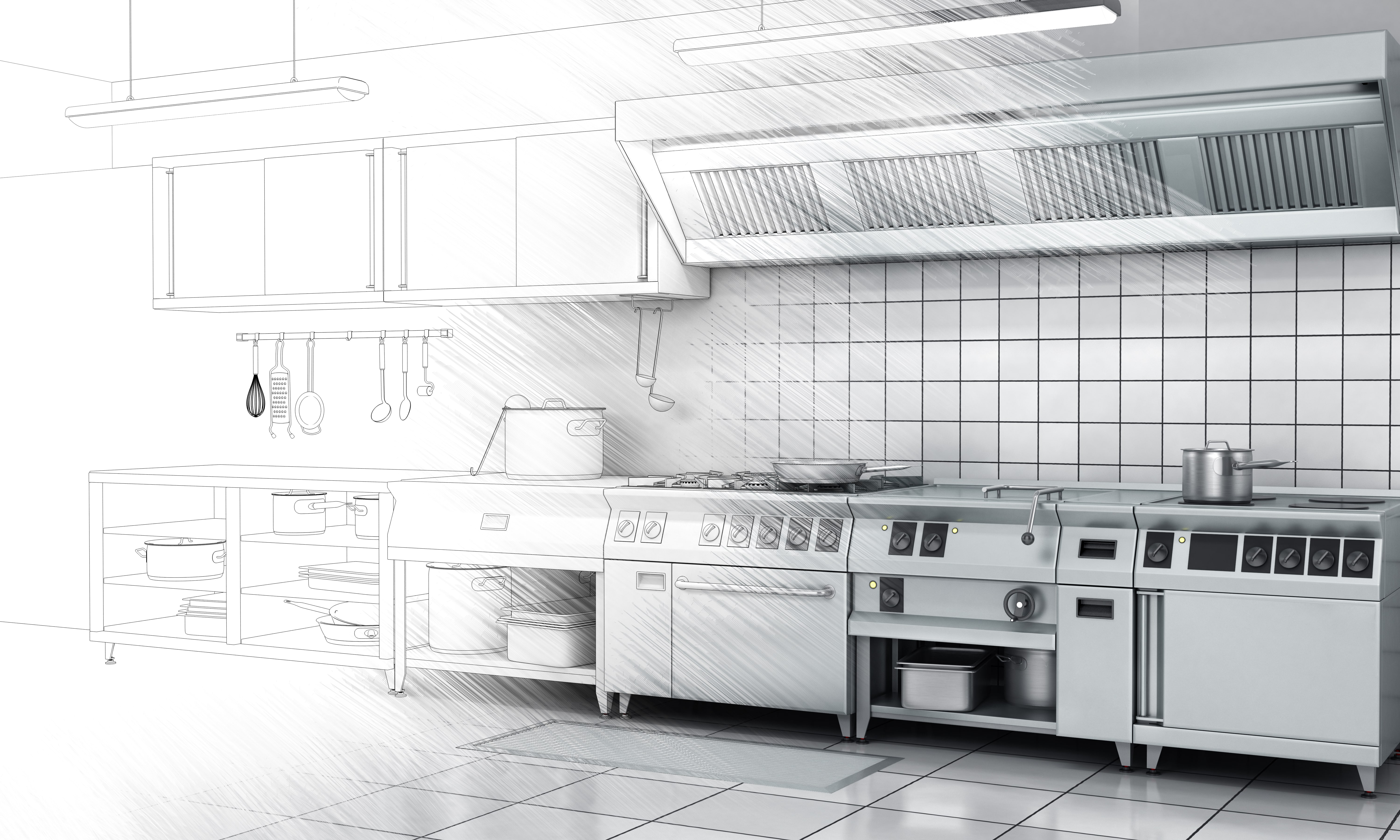
“A gastronomer who is not an environmentalist is just stupid; whereas an environmentalist who is not a gastronomer is sad. It’s possible to change the world even while preserving the concept of the right of pleasure”
Carlo Petrini, founder of the International Slow Food Movement
The Slow Food Movement was started in Italy by Carlo Petrini in 1986 and Slow Food International was born in 1989. Since then the movement has spread around the world and has evolved to embrace a comprehensive approach to food that recognises the strong connections between plate, planet, people, politics and culture.
Slow food is food that exists within the locality where it is produced and therefore only has to travel a short distance between farm and plate. By doing so it saves transportation, refrigeration and packaging – which ends up in land fill or has to be transported for re-processing – as well as storage, which takes up both time and space. The real positive to the restaurant is enabling the restaurant to deliver fresher, healthier and tastier meals to their customers.
Bringing back control
In the new (Covid-19) normal an extra benefit that slow food can bring is taking back control of the supply of meal ingredients as well as supporting local producers that may be impacted by shutdowns and other disruptions.
However, it may not be as easy as simply changing the supplier and modifying the menu. By using fresh ingredients from your own garden or direct from the local producer’s farm, the restaurant will now be taking on the responsibility for the food safety standards usually managed by the processor under their HACCP approval. Now the cleaning and sanitising will have to be taken over by the restaurant and incorporated into their existing HACCP plan. This separation can require changes to the kitchen layout and workflow to eliminate the movement of fresh but technically soiled ingredients coming directly into and contaminating the main kitchen preparation areas.
The kitchen now has two distinct and separated preparation areas; unclean finishing kitchen where fresh ingredients are received, cleaned, processed and sanitised, and the normal clean main kitchen preparation area. In this case the significant benefit of buying direct from the local supplier delivering fresh daily is that less storage and refrigeration space is required because the ingredients are not being held for any length of time.
The amount and type of storage will depend on the local conditions but will still be much less than for a conventional kitchen using processed ingredients with the additional benefit of requiring less space to manage waste and recycling of packaging as well as the cost of the inventory.
In one respect the kitchen layout will be similar to the large kitchens of 60 years ago that were designed to receive unprocessed ingredients into vegetable and meat preparation areas in the kitchen proper. However, with the requirement to meet food safety standards, these ingredient preparation areas can no longer be within the clean kitchen area. The space saved by requiring less food storage will now be required for the soiled preparation area.
This new receiving kitchen area will now be located directly off the delivery door or loading dock into the back of house area and will incorporate:
- Receiving and holding shelving.
- Sorting and trimming benching
- Ingredient washing (sinks and vegetable washing machine)
- GN food container washing
- Clean container storage
The local farmer or supplier will deliver ingredients in re-usable containers that will need to be cleaned for return on the daily delivery cycle. The processed ingredients will be transferred to the kitchen in clean Gastronorm containers, which will be then be cleaned and sanitised after they have been returned empty from the main kitchen for use in the cycle
Improving efficiency
Depending on the size of the restaurant, there will be equipment that can be used in the receiving kitchen to improve the efficiency of the process including vegetable washing machines sized from single tank such as the Meiko small batch model to large batch and conveyor unit such as the Nilma models.
In all sizes of facility the essential sanitising responsibility can be cost effectively managed by the use of eWater Systems EO sanitising water units located in the receiving kitchen and the main kitchen. These units will replace the dangerous chemicals generally used for the cleaning process as well as eliminate the possibility of tainting the ingredients during the sanitising process.
The efficiency of a larger receiving kitchen would also benefit by using a pan and container washing machine to eliminate the need for hand washing food pans from the main kitchen and containers from suppliers. Because these have not been used for cooking, a standard kitchen pot wash machine can be adjusted for a shorter wash cycle than generally used with the standard rinse/sanitise cycle, which would significantly increase the overall throughput capacity of the machine.
It is probable that the restaurant would now generate more putrescible waste from the cleaning and trimming of ingredients. This can be used for composting in an on-premises kitchen garden but to avoid vermin and other risks a batch waste de-hydrator such as the Gaia food organic waste de-hydration system that will convert food and other compostable waste into a dry nutrient rich organic powder in a 12-hour cycle that can then be returned to the supplier farm as a soil enhancer.
In the same way that food processors are required to provide HACCP traceability approval to their customers, the restaurant now takes on that responsibility. This can be simply managed by the receiving kitchen as part of the restaurant HACCP traceability programme by using a data recording system such as Monika Task Manager, which can also be used to continuously monitor critical storage and other process temperatures.
Once in place, the slow food facilities and processes will give the restaurant confidence, not only in being in control of the supply, quality, taste and provenance of the food that they are preparing for their customers but also offering a significant point of difference and the knowledge that the supply of those ingredients will be directly benefitting their community as a whole.
Tim Smallwood FFCSI

